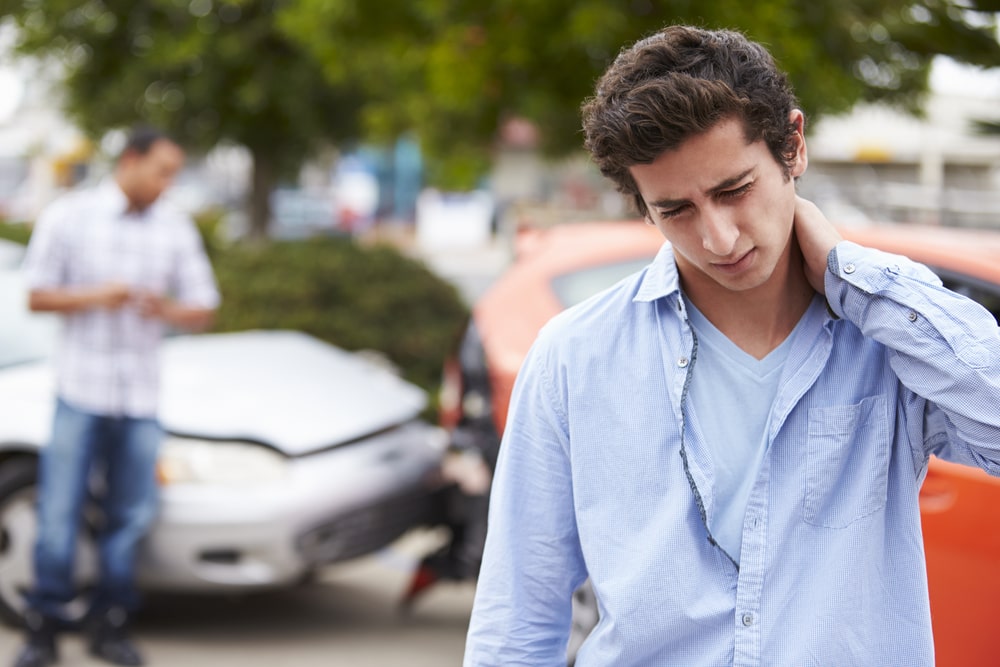
Tips For Driving At Night
Car Accident Lawyer
Driving at night can pose unique challenges due to reduced visibility and increased fatigue. Here are some tips to help you stay safe while driving in the dark according to a car accident lawyer from our friends at Council & Associates, LLC:
1. **Ensure Your Vehicle is Prepared**: Proper maintenance is crucial for safe night driving. Check that all your lights (headlights, taillights, and signal lights) are functioning correctly. Clean your windshields and mirrors regularly to avoid glare and ensure a clear view of the road.
2. **Use Your Lights Correctly**: Turn your headlights on one hour before sunset and one hour after sunrise to ensure other drivers can see you. Use high beams on unlit roads, but remember to switch to low beams when another vehicle approaches to avoid dazzling other drivers. Also keep in mind that headlights have become brighter, so even with low beams on it may be hard for other drivers to see.
3. **Adapt Your Speed**: Your headlights can only illuminate so much of the road ahead. It’s important to adjust your speed so that you can stop within the distance that your headlights can illuminate.
4. **Stay Alert**: Fatigue is a significant issue when driving at night. Ensure you’re well-rested before you start your journey. If you feel tired while driving, pull over and rest or switch drivers if possible. Do not take a chance — take a break instead if you feel tired.
5. **Avoid Distractions**: At night, your focus on the road should be even sharper. Limit distractions as much as possible—put your phone away, keep your music volume down, and avoid eating or multi-tasking while driving.
6. **Watch for Pedestrians and Animals**: Pedestrians, cyclists, and animals are harder to see at night. Be especially vigilant around crosswalks, sidewalks, and the sides of the road. If you are in extremely low-lit areas watch out for wildlife such as deer, and remember that deer are herd animals so if you see one, chances are there are more nearby.
7. **Combat Glare**: Bright lights from oncoming traffic can momentarily blind drivers. If a car’s headlights are blinding you, look towards the right edge of your lane. Also, ensure your rearview mirrors are adjusted correctly to deflect the bright light.
8. **Increase Following Distance**: It’s harder to judge a vehicle’s speed and distance at night. Increase your following distance to give yourself more time to react to sudden stops or changes in the traffic ahead, especially if the weather is bad.
9. **Regular Vision Check-ups**: Regular eye examinations are essential to make sure you’re seeing as clearly as possible. Night vision can decline with age, so get regular eye checks to identify problems early.
10. **Don’t Drink and Drive**: Alcohol impairs your ability to drive and increases the probability of an accident. It’s even more dangerous to drink and drive at night due to the reduced visibility and increased fatigue.
Remember, if you’re too tired to drive or are under the influence of alcohol or any substances that could impair your driving ability, it’s best to find an alternative way to reach your destination. Even with these safety tips, you may find yourself in an accident. If that happens, contact a lawyer near you for help.
Driving at night can pose unique challenges due to reduced visibility and increased fatigue. Here are some tips to help you stay safe while driving in the dark:
1. **Ensure Your Vehicle is Prepared**: Proper maintenance is crucial for safe night driving. Check that all your lights (headlights, taillights, and signal lights) are functioning correctly. Clean your windshields and mirrors regularly to avoid glare and ensure a clear view of the road.
2. **Use Your Lights Correctly**: Turn your headlights on one hour before sunset and one hour after sunrise to ensure other drivers can see you. Use high beams on unlit roads, but remember to switch to low beams when another vehicle approaches to avoid dazzling other drivers.
3. **Adapt Your Speed**: Your headlights can only illuminate so much of the road ahead. It’s important to adjust your speed so that you can stop within the distance that your headlights can illuminate.
4. **Stay Alert**: Fatigue is a significant issue when driving at night. Ensure you’re well-rested before you start your journey. If you feel tired while driving, pull over and rest or switch drivers if possible.
5. **Avoid Distractions**: At night, your focus on the road should be even sharper. Limit distractions as much as possible—put your phone away, keep your music volume down, and avoid eating or multi-tasking while driving.
6. **Watch for Pedestrians and Animals**: Pedestrians, cyclists, and animals are harder to see at night. Be especially vigilant around crosswalks, sidewalks, and the sides of the road.
7. **Combat Glare**: Bright lights from oncoming traffic can momentarily blind drivers. If a car’s headlights are blinding you, look towards the right edge of your lane. Also, ensure your rearview mirrors are adjusted correctly to deflect the bright light.
8. **Increase Following Distance**: It’s harder to judge a vehicle’s speed and distance at night. Increase your following distance to give yourself more time to react to sudden stops or changes in the traffic ahead.
9. **Regular Vision Check-ups**: Regular eye examinations are essential to make sure you’re seeing as clearly as possible. Night vision can decline with age, so get regular eye checks to identify problems early.
10. **Don’t Drink and Drive**: Alcohol impairs your ability to drive and increases the probability of an accident. It’s even more dangerous to drink and drive at night due to the reduced visibility and increased fatigue.
In summary, safe driving at night requires extra caution, full attention, and ensuring your vehicle is in good condition. Proper preparation, staying alert, adjusting your speed, and using your lights appropriately can significantly reduce the risk of accidents. Remember, if you’re too tired to drive or are under the influence of alcohol or any substances that could impair your driving ability, it’s best to find an alternative way to reach your destination.
